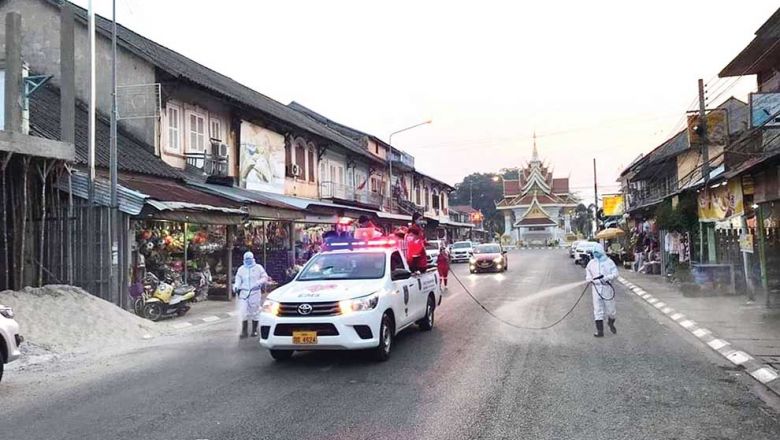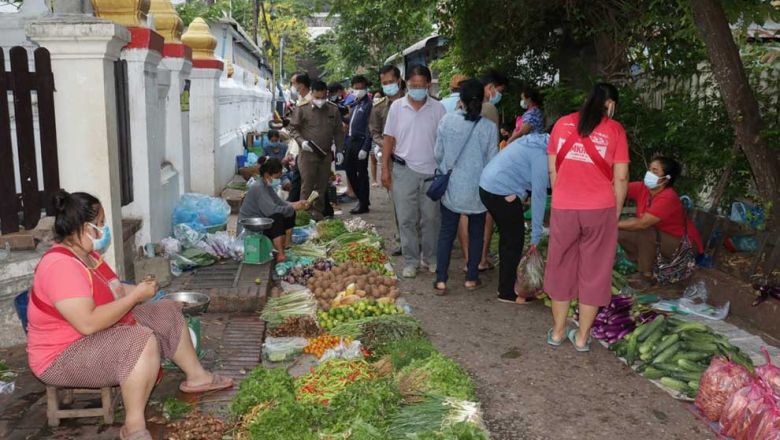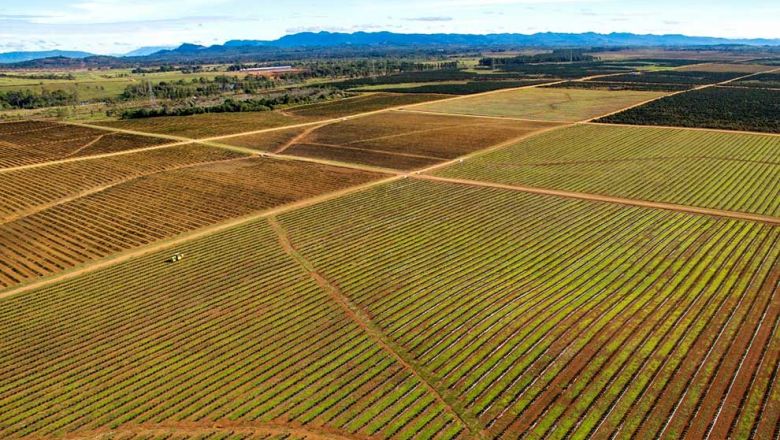Asean, dialogue partners aim to create world's largest FTA
Asean, dialogue partners aim to create world's largest FTA
The 10 Asean countries and their six dialogue partner countries hope to complete an agreement on the Regional Comprehensive Economic Partne rship (RCEP) in the near future, to benefit both Asean and other countries.
“The RCEP agreement will be very important for the 16 countries as it will mean they become one of the large free trade areas in the world,” Director General of the Ministry of Industry and Commerce's Foreign Trade Policy Department, Dr Laohoua Cheuching, said yesterday.
“But we don't know when the agreement will be finalised or approved. We have to take time to ensure it benefits all 16 countries,” Dr Laohoua, who is an Asean senior economic official, said during an interview at the Preparatory SEOM Meeting in Vientiane.
“Once the agreement on the RCEP is complete, it will mean that the trade value of the 16 countries accounts for more than 40 percent of the global trade value because they have a combined population of more than 3 trillion people,” he said.
“It will make the export market larger, which is a good opportunity for Lao exporters.”
Senior economic officials from the 10 Asean member states and delegates from the six dialogue partner countries attended the meeting yesterday in Vientiane, to prepare for the 4th RCEP Participating Countries' Ministerial Meeting later this week.
The six dialogue partner countries comprise China, India, Republic of Korea, Japan, Australia and New Zealand. “They are big countries and they also have trade cooperation with Asean countries,” Dr Laohoua said.
Other issues tabled for discussion included the opening of markets and trade, free trade, services, investment, trade in electronic products, and the opening of banking and financial services.
The economic performance of the RCEP Participating Countries stayed strong amidst slow growth in the global economy, according to a report from a joint media statement at the RCEP Ministerial Meeting in Malaysia last year.
The report noted that RCEP economies' combined output stood at US$22.7 trillion in 2014, which accounts for about 29.3 percent of world output. Trade and investment flows in RCEP economies also remained strong.
In 2014, the total trade value of RCEP economies amounted to US$10.8 trillion (28.4 percent of global trade), while total FDI inflows to RCEP economies reached US$366.3 billion (29.8 percent of global FDI inflows).
It also noted that by containing almost half of the world's population, the RCEP region offers immense potential to grow through better market access, deeper economic integration, shared opportunities, and improved standards of living for billions of people in the region.
The meeting also discussed the eight priority deliverables for the Asean Economic Community which Laos presented to the Preparatory SEOM Meeting.
The priority deliverables presented by Laos are the Asean Trade F acilitation Framework, Asean Food Safety Regulatory Framework, Asean Institutional Framework on Access to Finance for MSMEs, Enabling Environment for SME Establishment and Development, Pakxe Declaration on Ecotourism, Asean Sustainable Tourism Award, Guidelines for Special Economic Zone Development and Collaboration, and the Master Plan for CLMV Development.

















